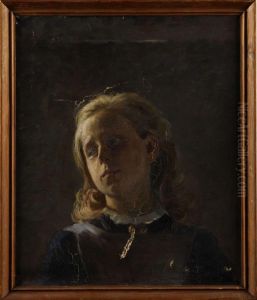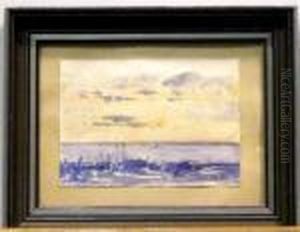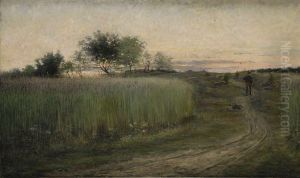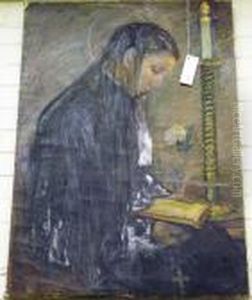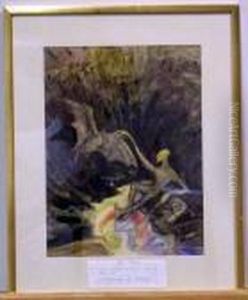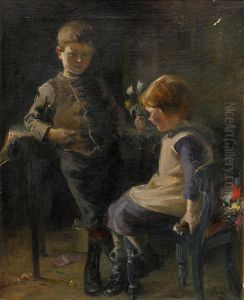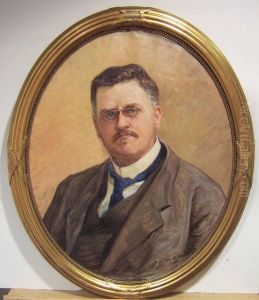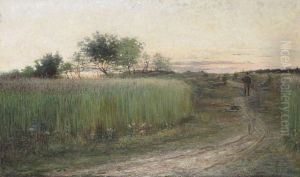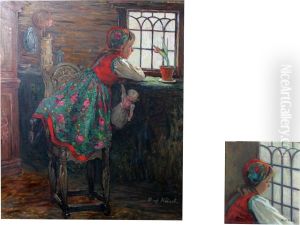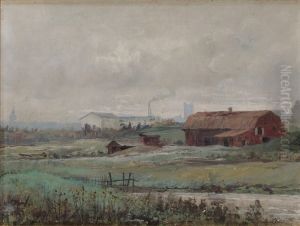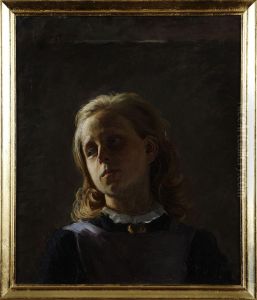Af Hilma Klint Paintings
Hilma af Klint was a Swedish artist and mystic whose paintings were among the first abstract art. A considerable body of her work predates the first purely abstract compositions by Kandinsky. She belonged to a group called 'The Five', a circle of women who shared her belief in the importance of trying to make contact with the so-called 'High Masters'—often by way of séances. Her paintings, which sometimes resemble diagrams, were a visual representation of complex spiritual ideas.
Af Klint was born on October 26, 1862, in Solna, Sweden. She studied at the Royal Swedish Academy of Fine Arts in Stockholm, where she earned honors for her portrait and landscape paintings. However, her conventional artistic education and early works gave little indication of the radically innovative work she would eventually produce.
The turn of the 20th century marked a significant change in af Klint's work. Influenced by her spiritual beliefs, she began producing large-scale, abstract paintings in 1906. These works were characterized by bold colors, geometric shapes, and a lack of recognizable subject matter, distinguishing her from her contemporaries. Af Klint's abstract work was created several years before Kandinsky's, making her arguably the first abstract artist, though this recognition has only come to light in recent decades.
Af Klint stipulated that her work should not be shown to the public until 20 years after her death. She believed the world was not ready to understand her art. As a result, her abstract paintings remained almost entirely unknown until the 1980s, and only in the 21st century has her work been widely acknowledged and exhibited, prompting a reevaluation of her place in art history.
Hilma af Klint died on October 21, 1944, in Djursholm, Sweden. Since her rediscovery, her work has been the subject of numerous international exhibitions and has sparked significant interest in both her artistic and spiritual legacy. Today, she is considered a pioneer of abstract art, whose work predates and anticipates some of the major movements in modern art.
